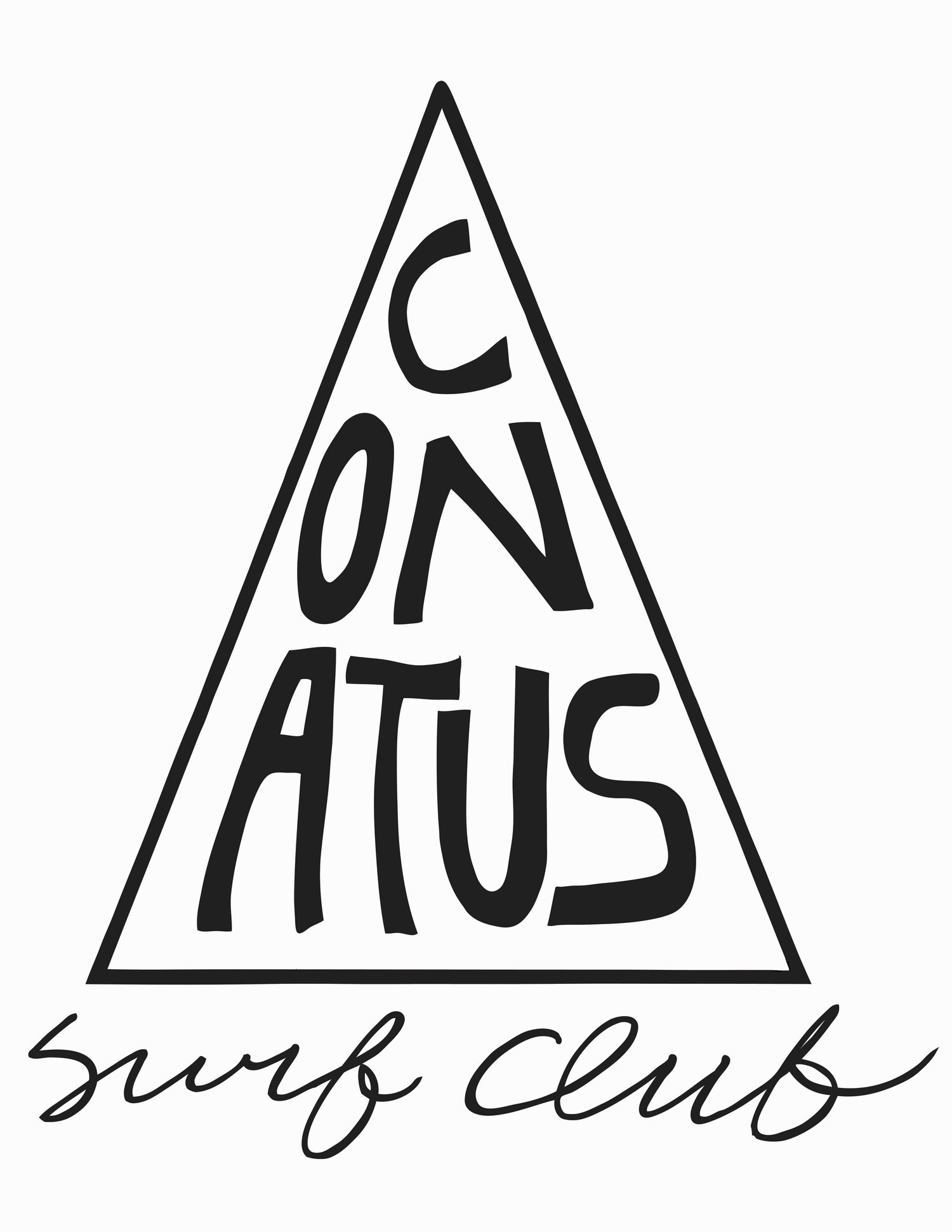The answer to the question, “What wetsuit do I need to buy to surf in New York?” is always, “Any and all of them.” With water temps that vary from 35 degrees in the freezing heart of winter to 75 degrees in the searing center of summer (which is kind of right now), New York is the wetsuit industry’s wet dream. It’s not like Northern California where you basically always wear a 4/3mm fullsuit because the water temps there hover in the 50-58 degree range all year long. On any given day from June-October in New York you'll see a variety of combos out in the water. Some people will be in fullsuits, while others are in trunks, springsuits of varying sleeve and leg lengths, short johns, long johns, vests, and jackets.
If you have to pin it on a number of suits to own in New York, I’d say you’re pretty covered at four. Below I’ve come up with two ideal four-wetsuit quivers—the first for women; the second for men. I’ve listed them in order from warmest water to coldest.
***I have no brand loyalty or affiliation. These suggestions are solely based on personal taste. I buy all my suits online and go off of sizing charts. If I have a question about sizing I call the company or go to a surfshop to try them on.
Star student Miranda in her stylish new Cynthia Rowley.
Womens
1. Kassia Meador 2mm cross-back shortjohn. Kassia’s whole collection for Roxy is fashion-
forward, fun, and functional. It’s designed by one of the world’s best longboarders and women surfers, so what else would you expect? This suit is designed for the warmest times of the year.
2. Cynthia Rowley 2mm L/S Springsuit. I didn’t know about these until a student of mine picked up a really cool one at Saturdays NYC. She thought these long sleeve, short leg spring suits were a fun and classy option for avoiding terrible tan lines and still staying warm and stylish in temperate water (July-Sept). They also have a really cool key pocket for storing car keys, zipcard, or beach pass.
3. Ripcurl Dawn Patrol 3/2 Fullsuit. Stoked that Ripcurl resurrected their original logo. A great suit for fall and late spring. The blue colorway is super rad.
4. Xcel Xfinity Hooded 5/4 Fullsuit. For the hardcore who plans to surf year round. Xcel leads the way in cold water surfgear and this plain jane full suit will take you warmly through December, January, February, March, and on into April--by which time you’ll be praying for the water to warm up again!
Mens
1. Nineplus 2/1mm retro jacket with backzip. The 2mil jacket is the ultimate summer ‘suit’. It keeps your upper body warm and protects you from sun while allowing free movement in trunks. I love the Yamamoto Rubber the Nineplus folks use on these.
2. Billabong Tyler Warren 2mm S/S Fullsuit. Ok, I’m a nut for retro styling. I think it’s the deep-seated anti-jock nerd in me that prefers suits with a simple design and minimal logos that don’t scream, “Hey I’m a gear-head!” I understand that it might proclaim, “Hey I’m a hipster!” instead, but there you have it—my cards are on the table—I have an unapologetic love for retro inspired suits like this one Billabong put together with Tyler Warren, surfer/shaper/artist/longboard-and-shortboard-ripper. Oh and if you’ve never worn a short-sleeve fullsuit you’re in for a treat. My friend Sam says it’s like surfing naked.
3. Ripcurl Flashbomb ZipFree 3/2 Fullsuit. Echoing what I said for the women’s Ripcurl suit—long live Ripcurl’s original logo! Totally digging the mesh of high performance modern technology with throwback styling. This suit will get you through October and November and will be ready to go again May-July. And heck, some people (the wimpy variety) wear 3/2 fullsuits June-October, i.e., the whole summer.
4. Xcel Drylock Hooded 5/4 Fullsuit. Here’s where I move to the middle ground. This is a nuts-and-bolts winter suit that will please jock and hipster alike. No fringes, no frills, all black, all warm, and a SIMA winner year after year. You won't stand out in this suit, except for the fact that you may be able to stay out in the water longer than everyone else.











